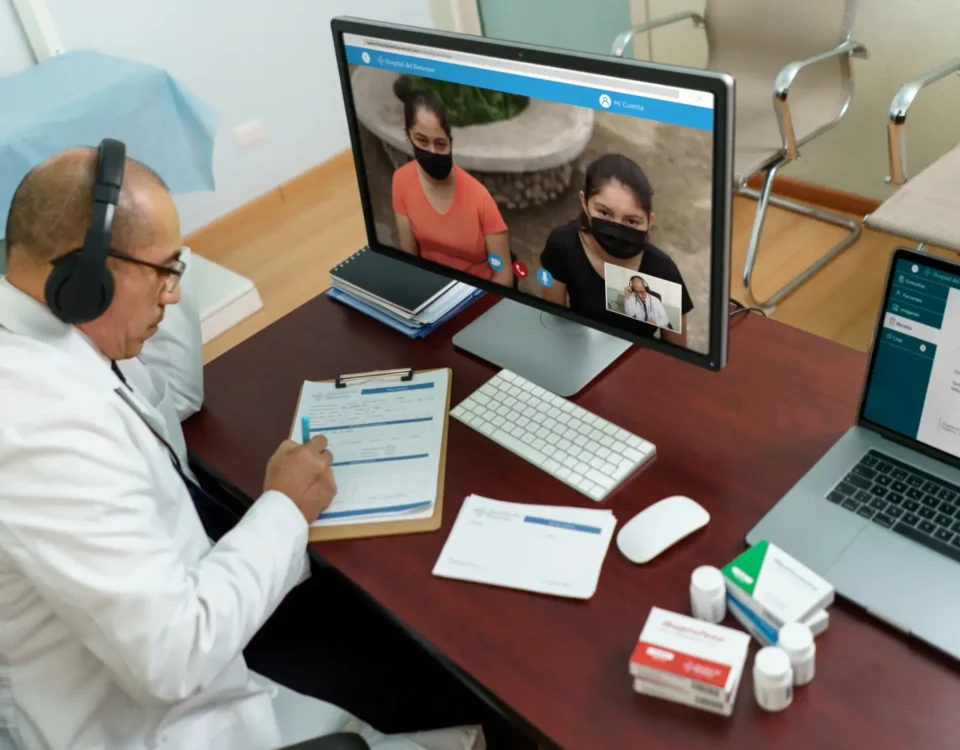
24/7 MEA Center is now a reality!
September 2, 2016
The Health Care Maze
September 5, 2016With peak travel season comes the inevitability of extended airport security checks and longer check in lines. While airport congestion may seem unbearable, it is nothing compared to the unbearable congestion of the blood cell trying to travel through the deep veins of our legs when traveling on extended airplane flights resulting in a condition called of Deep Venous Thrombosis, (DVT). DVT is serious and can be fatal. So while airport congestion can be an inconvenience, DVT is far more than an inconvenience and one that travelers should be aware of as a possible serious condition when going on holiday.
Deep Venous Thrombosis is an important medical disorder/condition that has the potential to be extremely dangerous and expensive to our globetrotting travel industry. Simply stated, DVT is a blood clot in a vein, usually deep within the calf or thigh muscles. Tragic cases occur when the blood clot breaks off and travels to the lung causing a pulmonary embolism.
DVT is a medical condition that historically affects about 1 in 1,000 people annually. The symptoms can include tenderness and pain in the leg muscles, swelling of the calf or reddening and warm feelings in the calf. Sometimes there are no symptoms and it is only diagnosed after a pulmonary embolism occurs.
Blood clots form in the deep veins of the legs for a number of reasons. Normally, blood flows quickly through these vessels as the muscles of the leg squeeze the veins and keeps us out of harm’s way of a blood clot. The problem occurs when there is low blood flow for a variety of reasons. There are numerous inherent medical conditions that lend themselves to making a patient prone to a blood clot such as hereditary disorders, hormone therapy, cancer, heart failure, pregnancy, smoking and patients over the age of 60.
Two common conditions draw particular attention to our travel industry clientele. One is the immobility issue after many extended hours of flying. This phenomenon could affect a large percentage of travelers, especially if they are predisposed to any of the above underlying conditions. These clients typically are sitting in very tight seating arrangements with little or no leg movement for hours at a time. The other traveler at risk is the very ill hospitalized patient that either experienced an extended intensive care unit stay or any orthopedic surgical patient. Long-term critically ill hospitalized patients have a tendency to lie in one position for many hours every day. Orthopedic surgical patients, especially those having repaired hip, pelvic or leg fractures usually have had their leg and lower extremities immobilized by a device or a cast for days or weeks. Any patient who is anaesthetized and immobilized for surgical operation over 1-1.5 hours is a candidate for DVT.
Fortunately, there are a variety of treatment methods for patients with DVT. John Frick, R.Ph., Director of New Frontier Group’s Discharge Medication Management Program and Chairman of its Medical Advisory Board says “there are a number of medications available to be prescribed by physicians for treatment and prevention of DVT. The important thing is for the patient to be proactive and follow the physician’s advice precisely. Patient compliance is imperative. The goal for treatment is to reduce the risks of a clot forming and if it does, then prevent the clot from becoming larger and breaking away and traveling to the lungs.” The most common medications prescribed are anticoagulants. In the beginning, fast acting injections such as heparin or enoxaparin are used and then often followed up by oral medications such as warfarin, rivaroxaban, apixaban or dabigatran. The treating physician decides what is appropriate for each individual patient’s set of circumstances. Anticoagulants prevent a DVT from getting larger and prevent any new clots from forming. Therapy can last for a matter of days to a lifetime.
Another common treatment is the use of compression stockings. These stockings are effective as they apply pressure from outside the veins and help force the blood back up the legs. Compression stockings come in many varieties and need to be professionally fitted, usually by a nurse and prescribed by the physician.
Other treatments include clot-busting thrombolytic therapy, surgeries known as embolectomies and sometimes micro-filters are surgically implanted when anticoagulation therapy fails or is not indicated.
Dr. Andrew Park, a leading member of New Frontier Group’s Medical Advisory Board, says, “An ounce of prevention is worth more than a pound of cure. There are a number of precautions and preventative measures that can be exercised to reduce the risk and occurrence of DVT.” Avoid long periods of not being active. If you’re confined to an airplane seat for hours, get up and walk the aisles as often as possible. You can even exercise your calf muscles while you’re sitting in your seat by moving your ankles in a tiptoe position or keeping your heels on the floor and lifting your toes up. It’s important to stay well hydrated. To that end, one should avoid alcohol consumption while flying. If you’ve just had surgery, be proactive and get up and start walking as soon as the physician gives you the green light.
Gitte Bach, CEO & President of New Frontier Group says “Keep the blood flowing! Stay active and walk those airplane aisles. Exercise during layovers. Be proactive and take your prescribed medication after your hospital stay. Be 100% certain that you are Fit to Fly! Taking these recommendations to heart, (literally), can help lower the risk of holiday plans being ruined before they have even started.




